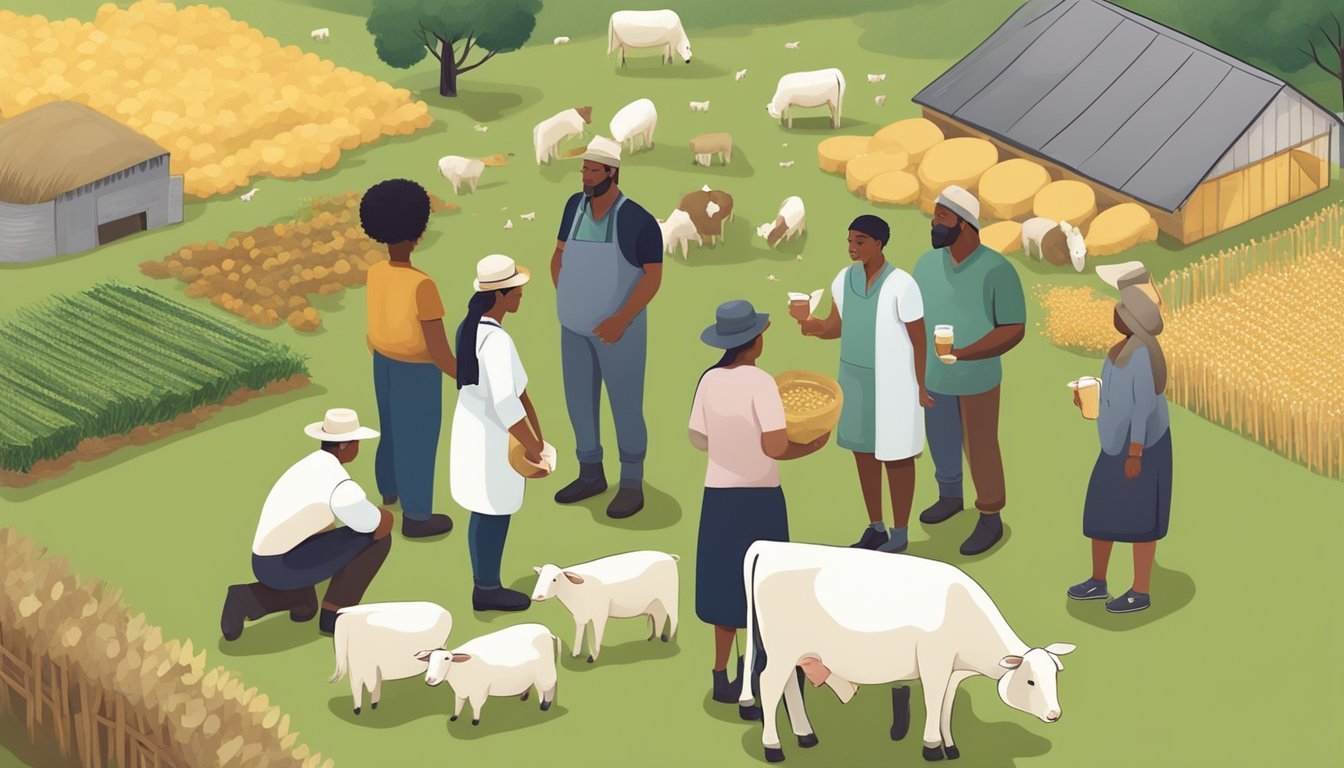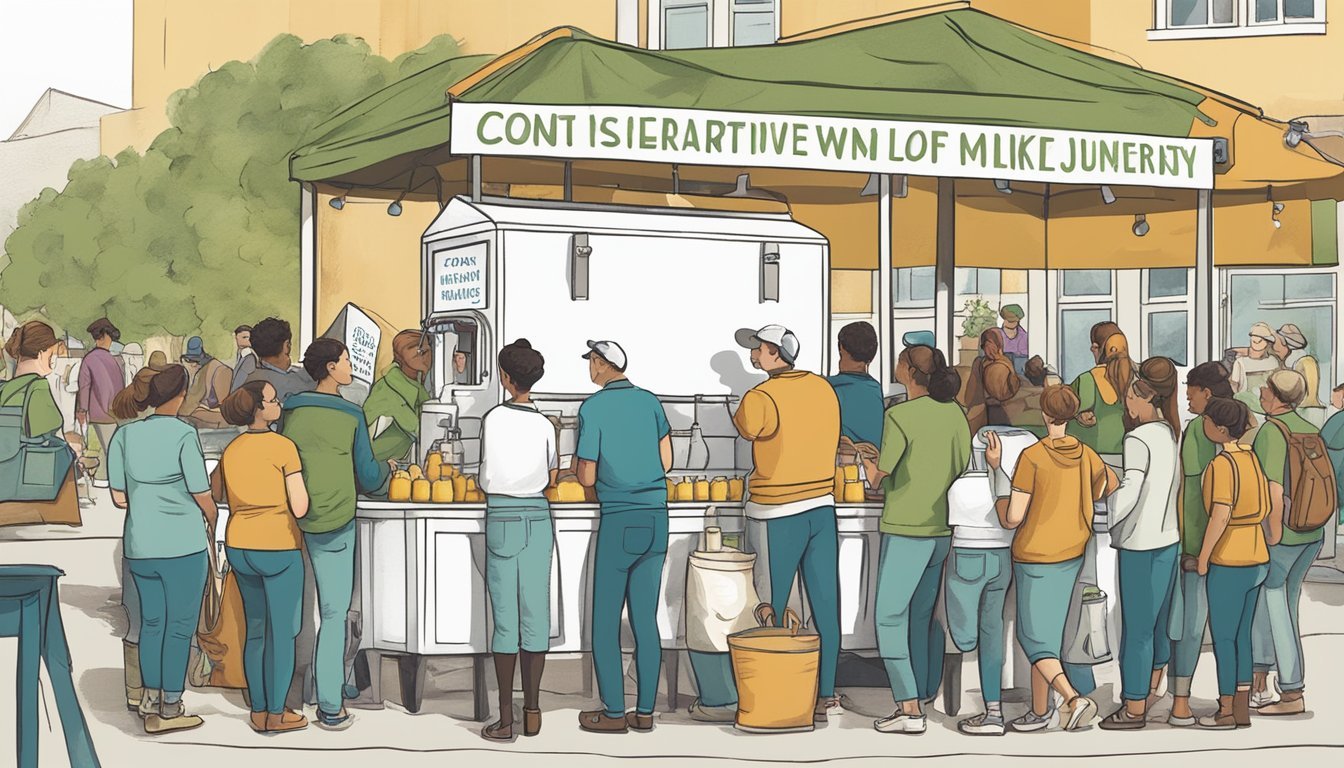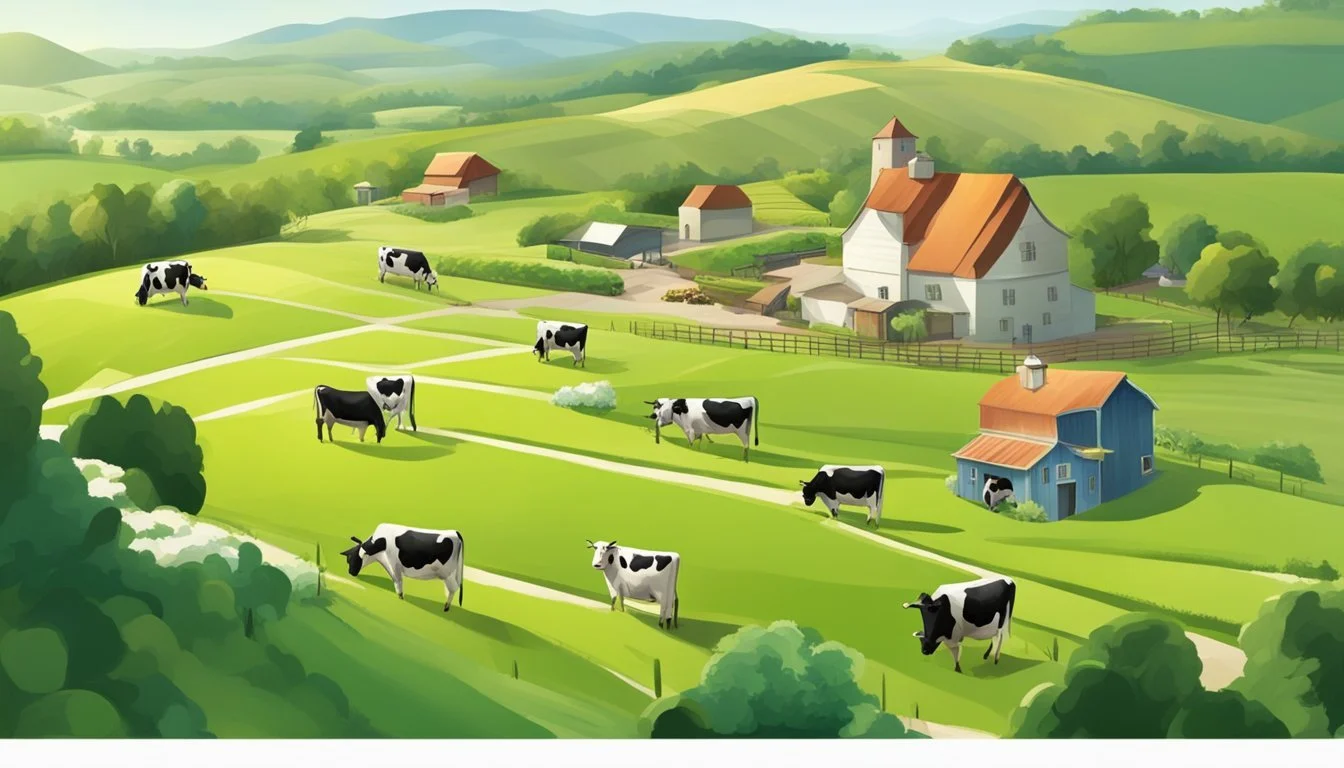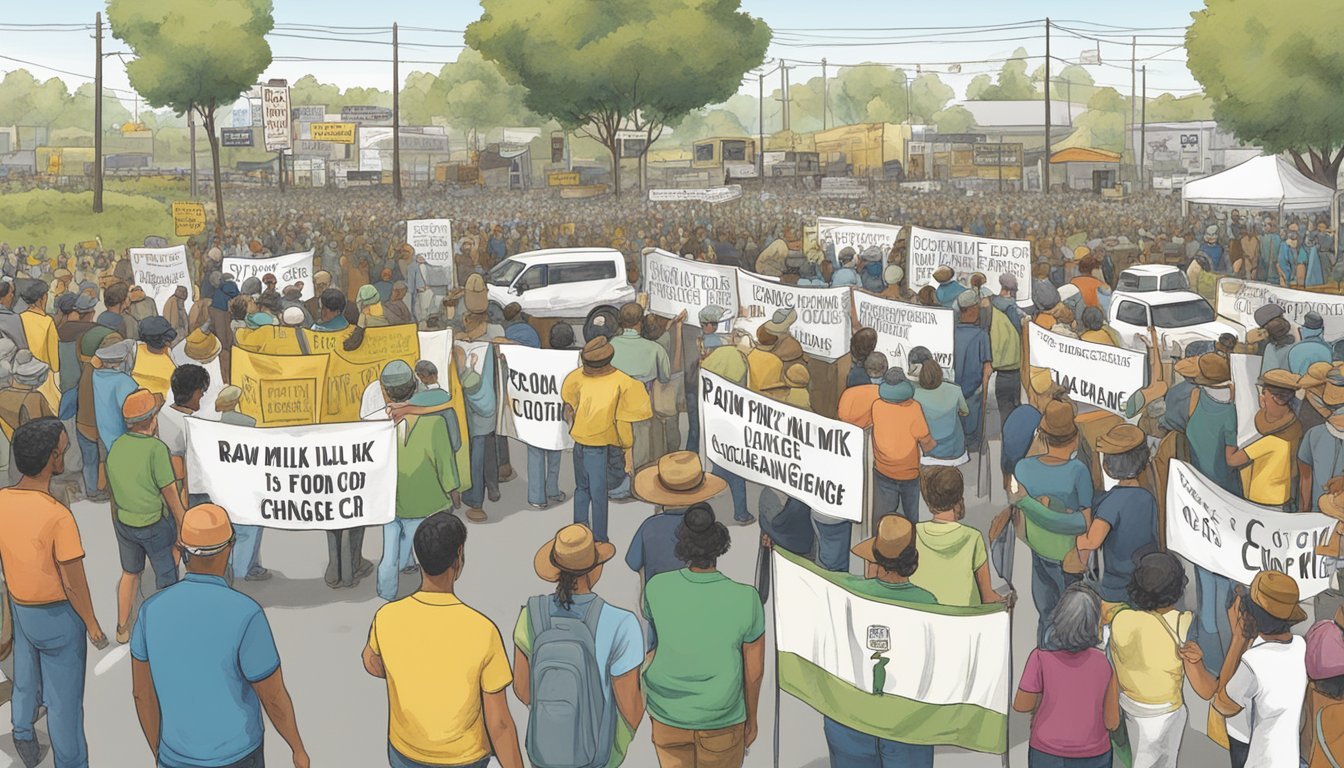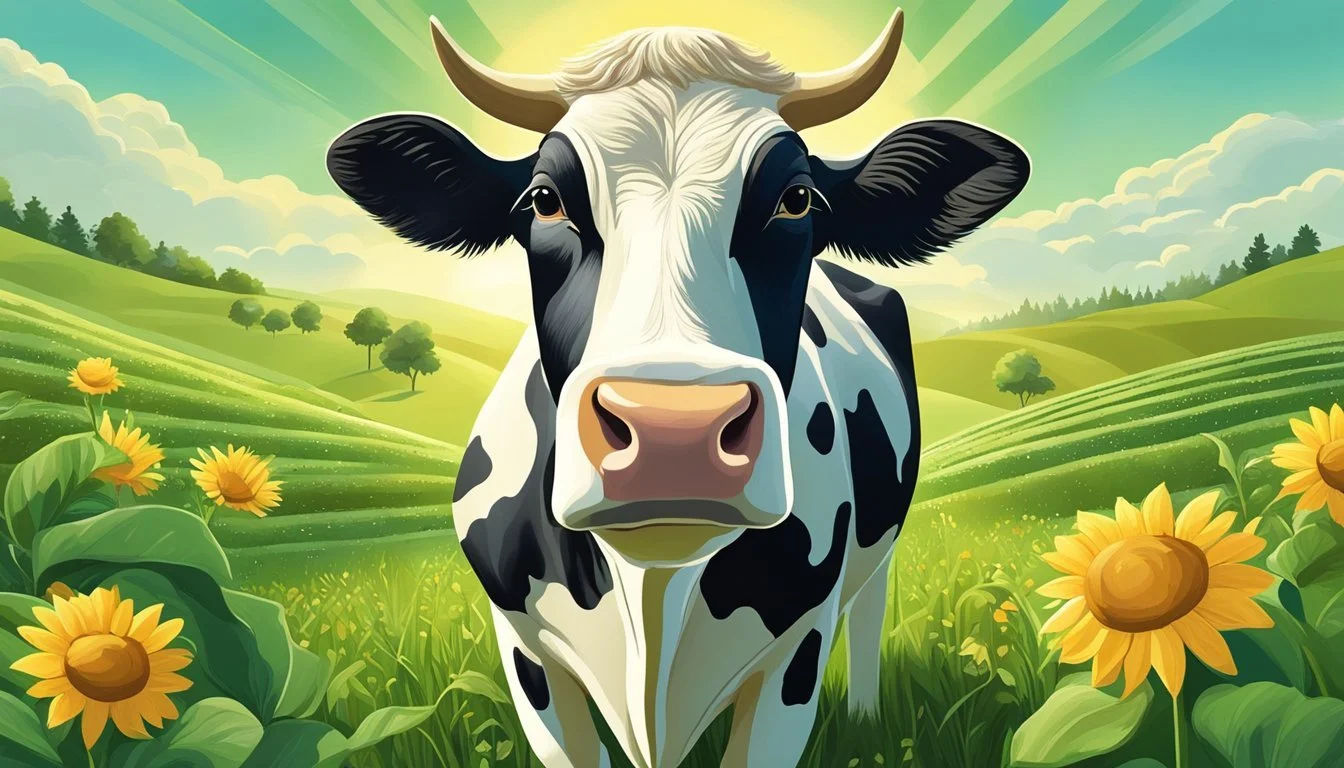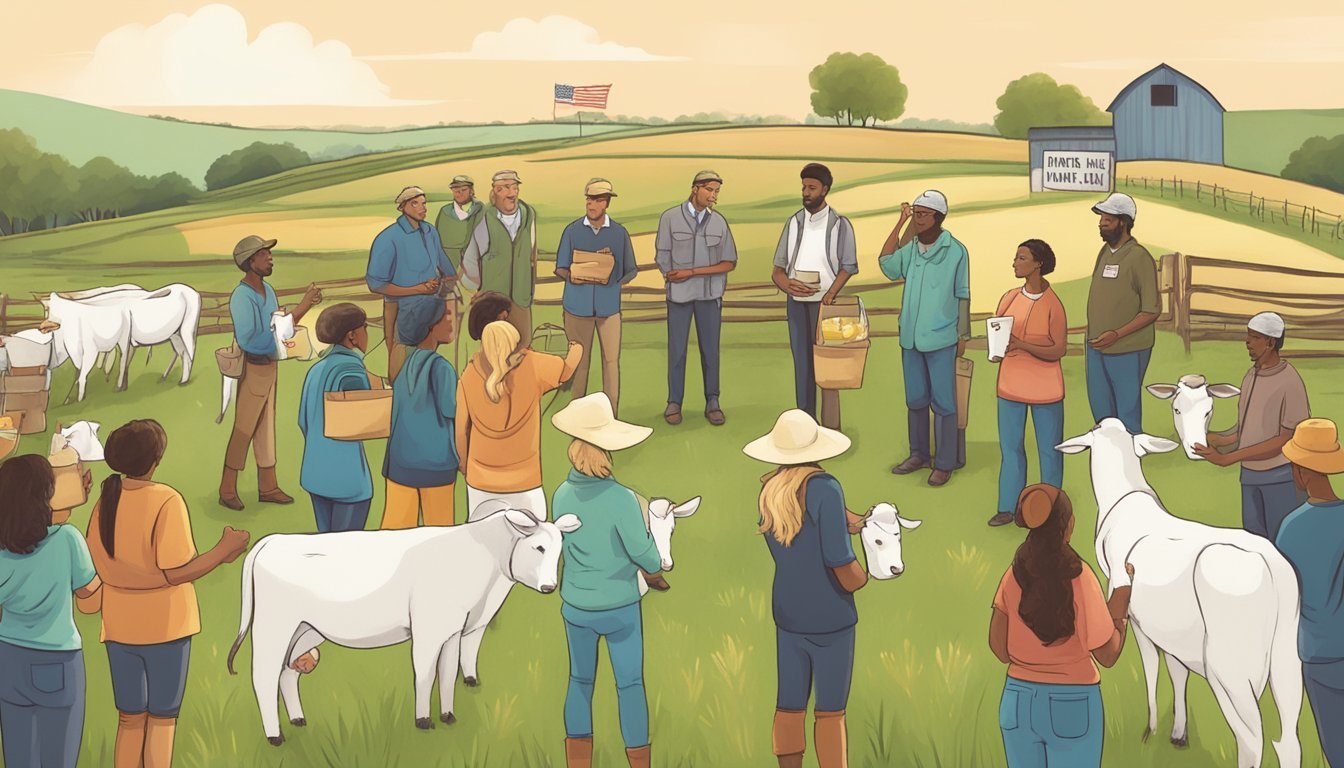The Intersection of Raw Milk and Food Sovereignty Movements
Understanding Consumer Choice and Regulatory Challenges
The intersection of raw milk and food sovereignty movements represents a complex dialogue between public health concerns, consumer choice, and the rights of farmers. Food sovereignty advocates argue for the right of people to define their own food systems, emphasizing local control over agriculture and food policies that are ecologically sustainable and socially just. This framework often aligns with the raw milk movement, which pushes for the legal allowance of unpasteurized milk sales, on the grounds of preserving traditional food practices, enhancing food choices, and supporting small-scale dairy farmers.
While governments cite food safety as the main reason for strict raw milk regulations, proponents contend that such restrictions undermine the sovereignty of farmers and consumers alike. The essence of food sovereignty is deeply rooted in the belief that individuals should have the autonomy to make informed decisions about what they consume, including the choice to purchase and consume raw milk. These movements collectively emphasize the importance of transparent sourcing, environmentally sound production methods, and the fair distribution of food.
Social movements advocating for food sovereignty often intersect with the campaign for raw milk as a statement against industrialized food systems and in favour of reconceptualizing food access and security. Both movements highlight the significance of restoring control to local communities and individuals, rather than allowing corporations and distant regulatory bodies to dominate the narrative of safe and sustainable food. This synergy underscores a growing desire for food systems that reflect the values and health needs of diverse communities.
The intersection of raw milk and food sovereignty movements has sparked a raw milk delivery revival that aligns with the evolving raw milk legal landscape. Enthusiasts of raw milk have been drawn to its potential for reduced allergies and its compatibility with paleo diets, driving a renewed interest in its availability through direct delivery channels.
The unique raw milk chemistry and its perceived benefits for those adhering to paleo diets have contributed to the growth of the raw milk business. This resurgence in interest has not only revitalized the raw milk delivery revival but has also reshaped the raw milk legal landscape as more individuals advocate for access to this unprocessed dairy option.
As raw milk continues to gain traction within the food sovereignty movements, the raw milk business is experiencing an encouraging shift, reflecting a growing consumer demand for natural, locally sourced products. This revival is not only reshaping the raw milk legal landscape but also fostering a deeper appreciation for the potential benefits of raw milk within the context of food sovereignty and sustainable agricultural practices.
Historical Context and Origins
The dynamics of food sovereignty movements stem from a history of grassroots resistance against industrial agriculture and the quest for community autonomy over food systems.
The Emergence of Food Sovereignty
Food sovereignty as a concept arose in direct response to the intensification of global agriculture, where small farmers and indigenous peoples witnessed the significant impact of industrialized food production on their land and culture. Particularly since the Green Revolution of the 1960s, which dramatically changed agricultural practices worldwide, there has been a clear pushback against the displacement of traditional farming methods and the local wisdom that sustained them. This resistance crystallized with the articulation of food sovereignty principles, asserting the right of peoples to define their agri-food systems, emphasizing ecologically appropriate production, and respecting cultural uniqueness.
La Vía Campesina and Its Global Influence
La Vía Campesina, an international movement which began in the early 1990s, has been instrumental in propelling the food sovereignty narrative on a global scale. Comprising peasants, small and medium-sized producers, landless people, indigenous populations, and rural women, the movement advocates for agrarian reform and biodiversity as antidotes to neoliberal policies and colonial legacies. They have garnered international attention by effectively using social movements as platforms to combat the challenges faced by the rural poor and to influence agricultural policies. La Vía Campesina has been instrumental in framing food sovereignty as both a right and a struggle, shaping discourses that counter the commodification of food and promoting an agroecological paradigm that includes the voices of the marginalized.
Philosophical Foundations
The intersection of raw milk advocacy and food sovereignty movements is underpinned by a set of philosophical tenets aimed at reasserting control and autonomy in food systems.
Defining Food Sovereignty
Food sovereignty is a concept that centers on the right of peoples to define their own food systems, emphasizing local autonomy, and the ability to control food production and distribution mechanisms. It counters the global industrial food system by empowering local farmers, communities, and consumers to decide how food is produced, traded, and consumed.
Principles of Food Sovereignty
Several key principles undergird the food sovereignty movement. These include:
Autonomy and Agency: A core belief that individuals and communities should have the control over the means of food production.
Respecting Traditional Knowledge: Recognizing and valuing the contributions of indigenous and local knowledge to sustainable food systems.
Economic Equity: Striving for fair trade relationships and supporting local economies over global corporations.
This approach to food systems is oriented towards fostering longevity, sustainability, and equity within local food networks.
Food Sovereignty vs. Food Security
While food sovereignty and food security are sometimes used interchangeably, significant differences exist:
Food Security focuses broadly on ensuring that all people have access to enough food.
Food Sovereignty goes further, advocating for the rights and means to produce one's own food, thereby encompassing food security while adding layers of control and self-determination.
Food sovereignty therefore suggests a more holistic, rights-based approach to the issue of food access, highlighting the importance of local decision-making and sovereignty over one's food environment.
Raw Milk Advocacy
Raw milk advocacy intersects with policy changes, market expansion, cultural significance, and acts of resistance. As proponents push for broader acceptance, they navigate a complex web of regulations and public perception.
Cultural Significance of Raw Milk
Raw milk holds a place of tradition and heritage in various communities, viewed not only as a beverage but as a connective thread to agrarian practices and historical dietary customs. Advocates emphasize the value of unaltered milk for its purported natural benefits and link it to a broader food movement that seeks to retain traditional ways of farming and food preparation.
Raw Milk Markets and Regulation
The market for raw milk operates within a patchwork of policies that vary from one jurisdiction to another. In some regions, raw milk sales are legal and supported by frameworks that ensure safety and quality. For example, New Mexico allows raw milk sales state-wide, barring only Albuquerque. In contrast, other areas maintain strict prohibitions, testifying to the divergent views on raw milk's safety and place in the market.
Regulatory snapshots across jurisdictions:
New Mexico: State-wide legal sales, Albuquerque excepted
Maine: Food sovereignty ordinances with ongoing legal challenges
Iowa: Allows up to ten animals for raw milk production
Raw Milk as a Symbol of Resistance
Raw milk has become emblematic of resistance against what some consider to be overreaching national law and policy that govern food choices. Legal actions, such as those faced by Maine farmer Dan Brown, and pushes for legalization in various states, including a significant move in Iowa, demonstrate raw milk’s role as a rallying point for individuals and groups seeking food sovereignty and greater autonomy in food systems.
Food Sovereignty Movements
Food sovereignty movements advocate for the right to healthy and culturally appropriate food produced through ecologically sound and sustainable methods. They prioritize the empowerment and voices of those most affected by food insecurity, including farmers, indigenous populations, and marginalized groups.
International Perspectives and Movements
The global food sovereignty movement gained momentum in the mid-90s through La Via Campesina, an international movement which underscores the rights of small-scale producers. Food sovereignty challenges the current food system, emphasizing the need for local control over markets, ecological sustainability, and local wisdom. In Africa and Asia, movements focus on protecting smallholder farming against land grabs and unsustainable industrial agriculture. Latin America showcases active participation in food sovereignty, aiming to preserve biodiversity and combat the effects of neoliberalism on indigenous farming practices.
Food Sovereignty and Indigenous Peoples
Indigenous peoples are at the forefront of the food sovereignty movement. Their practices embody the principles of food sovereignty by integrating traditional ecological knowledge with sustainable food production. They emphasize a spiritual and custodial connection to the land, managing ecosystems in ways that are both productive and respectful of nature's cycles.
Gender and Racial Dynamics in Food Sovereignty
Food sovereignty movements also address social inequalities. Women play a crucial role, especially in rural areas, where they ensure food security for families and communities. Addressing gender disparities which often render women's labor invisible is vital to the success of the movement. Similarly, the intersection of race and food sovereignty reveals historic and ongoing injustices that people of color face, particularly in terms of land ownership and access to resources. A fair and equitable food system is seen as a means to address these systemic barriers.
Agricultural Practices and Sustainability
The intersection of agricultural practices with sustainability objectives is pivotal in shaping the future of food systems. Emphasizing ecologically sound methods, this section explores the avenues through which agriculture can contribute to environmental stewardship and long-term food sovereignty.
Agroecology and Sustainable Methods
Agroecology offers a suite of sustainable practices that integrate ecological concepts into agricultural production. These methods prioritize a symbiotic relationship between plants, animals, humans, and the environment. Key agroecological practices include:
Crop rotation to enhance soil health and reduce pest outbreaks.
Polycultures and intercropping for increased biodiversity.
Use of organic fertilizers, reducing reliance on chemical inputs.
The adoption of agroecology supports not just crop yields but also enhances the resilience of food systems against climate change and resource depletion.
Resource Management and Environmental Concerns
Effective resource management underpins the sustainability of agricultural operations. It involves:
Water conservation: Implementation of efficient irrigation systems and rainwater harvesting techniques.
Soil stewardship: Maintenance of soil fertility through natural means such as composting and cover cropping.
Waste reduction: Recycling and reusing agricultural waste to minimize environmental impact.
The Environmental Protection Agency (EPA) plays a critical role in framing policies that promote resource-efficient and sustainable agricultural practices. These guidelines help farmers reduce their ecological footprint and contribute to healthier food systems.
Economics and Market Dynamics
The economics of food sovereignty critically hinge on market accessibility for small farmers, consumer participation, and the influence of large corporations.
Small Farmers and Market Access
Small farmers often struggle with market access, confined by the challenges of distribution and competitive pricing in contrast to larger farming entities. Cooperatives have emerged as a vital mechanism, enabling small-scale raw milk producers to pool resources, achieve economies of scale, and establish a more significant presence in the market. This cooperation can lead to improved bargaining power and better market penetration, yet remains contingent on fair regulatory environments.
The Role of Consumers in Food Sovereignty
Consumers wield considerable influence over food sovereignty through their purchasing choices and advocacy. Demand for raw milk, often driven by perceived health benefits and a preference for natural products, has encouraged direct purchasing schemes such as Community Supported Agriculture (CSA) and farmers' markets. Consumer education is also pivotal in empowering individuals to make choices that support local farmers and sustainable practices.
Impact of Corporations on Food Sovereignty
Corporations have a dual impact on food sovereignty. On one hand, they can dominate markets, setting prices that small-scale farmers find difficult to compete with, and promoting homogenized food systems. On the other hand, some corporations have begun to adopt and support food sovereignty principles by sourcing from small-scale farmers and promoting local food networks, although this is often balanced against their profit motives. The landscape is complex and the full impact of corporate involvement in food sovereignty continues to evolve.
Political Landscape and Policies
This section unpacks the dynamics of policy formation and the inherent challenges within the raw milk and food sovereignty movements.
Food Sovereignty in Policy Debates
Food sovereignty has gained traction in international policy debates, with proponents emphasizing the right of local communities to control their food systems. Policy discussions often revolve around the necessity of establishing frameworks that prioritize the needs and voices of small-scale producers. Global actors and national governments are viewed as key players in recognizing and implementing policies that promote food sovereignty principles—facilitating production, distribution, and consumption systems that are fair, sustainable, and aligned with local interests.
The Impact of Capitalism and Power Imbalances
Capitalism significantly shapes the policy landscape, manifesting power imbalances between large-scale agribusinesses and smallholder farmers. The neoliberal approach to food systems favors market efficiency and competition, often at the cost of social and environmental values associated with food sovereignty. Advocates argue that substantial shifts in the capitalist economy are required to address the imbalances of power and ensure equitable food policies that support diverse, democratic, and locally-oriented food systems.
Land Rights and Control Issues
The control over land is a central aspect of the food sovereignty movement, influencing policies at multiple scales. Land rights are pivotal for the security and autonomy of small-scale producers, who often face displacement or marginalization by larger, more powerful entities. The debate frequently juxtaposes the needs of traditional, indigenous, and peasant communities against the expansionist interests of corporate agriculture. Policies that guarantee land rights and counter land grabbing are crucial for maintaining the integrity and sustainability of food systems from the perspective of food sovereignty.
Community and Social Structures
In the realm of raw milk and food sovereignty movements, community engagement and social structures play pivotal roles in shaping their success and sustainability. These movements hinge on collective cooperation, democratic governance, and the addressing of equity within local and broader communities.
Collective Action and Cooperative Movements
Collective action is the backbone of the raw milk movement, often materializing through cooperative structures. Cooperatives are formed by small-scale dairy farmers who pool resources to process and market raw milk directly to consumers. This not only facilitates a closed-loop system that benefits members economically but also fosters a community-centric approach to food distribution.
Examples of cooperation:
Resource sharing, such as communal milking equipment
Joint marketing strategies to bolster local raw milk presence
Cooperative movements amplify the voice of individual farmers, enabling them to assert their stance on raw milk regulations and advocate for the rights to sell their product.
Democratic Participation and Local Autonomy
Food sovereignty movements underscore the importance of democratic participation and local autonomy in food systems. Within these movements, decisions regarding the production and distribution of raw milk are made through a participatory approach. Communities are encouraged to engage in dialogues and decision-making processes, making them active stakeholders in shaping their own food landscapes.
Implementation of democratic principles:
Local councils or boards comprising producers and consumers
Regular community meetings for policy formulation
These frameworks help ensure that the control over raw milk remains in the hands of those directly involved and affected by its production and consumption.
Challenges of Representation and Equity
While the solidarity of community and the strength of democratic structures are notable, food sovereignty movements face challenges related to representation and equity. One key challenge is ensuring that all voices within the community are heard, particularly those of marginalized groups who may lack access to the decision-making table. Another is navigating the complexities of governmental regulations that may not always align with the goals of food sovereignty.
Notable challenges:
Inclusivity of smaller or less-powerful community members
Harmonizing community desires with public health standards
Efforts to overcome these obstacles involve continuous advocacy for laws that support raw milk markets while striving to maintain transparency and fairness within the movements.
Advancing Food Sovereignty
Advancing food sovereignty involves recognizing its role in human rights, energizing grassroots movements, and deepening academic research to understand its impacts on social structures.
Food Sovereignty as a Human Right
Food sovereignty extends beyond simple access to food; it asserts that individuals and communities should have the right to control the means of production. Academics contend that this is essential for sustaining the cultural and social structures integral to various communities. It ensures that all individuals can secure their own food sources, respecting traditions and customs.
Grassroots Movements and Future Directions
The food sovereignty movement thrives on community-led initiatives that collectively aim to redesign food systems. This local-level engagement is critical for shaping policies that respect ecological balance and social equity. They often confront and challenge corporate food regimes, pushing for a future where communities are at the heart of the food system's decisions.
Food Sovereignty Research and Academic Perspectives
Research in food sovereignty has typically been interdisciplinary, involving scholars from philosophy, law, environmental studies, and more. These academic investigations reveal the complex interplay between food sovereignty and existing social structures. Researchers are increasingly focused on providing action-based guides that communities can use to assert their food rights and build sustainable food systems.
Conclusion
The intersection of the raw milk and food sovereignty movements illustrates a shared pursuit for autonomy in food choices and a challenge to existing power dynamics within the food system.
Synthesizing Food Sovereignty and Raw Milk Movements
The raw milk movement emerges as a specific instance within the broader food sovereignty framework that highlights the desire for system transparency, consumer choice, and a direct bond with the origins of food. It converges with the principles of food sovereignty through its challenge to the status quo and existing regulatory frameworks that often limit access to raw milk. Advocates argue that the raw milk movement is not solely about personal health choices but embodies a call for change and power sharing in food governance, resonating with the food sovereignty demand for a participatory decision-making process where consumers and small-scale producers have a stronger voice.
Looking Forward: Autonomy and Empowerment
The shared narrative of the future, as envisioned by both movements, places great emphasis on autonomy—the right and ability of individuals and communities to define and manage their own food systems. The movements foresee a future where empowerment through informed choices and equitable food policies play a central role. This empowerment is envisaged to enable a restructuring of power in the food supply chain to favor local producers and consumers who are presently marginalized by industrialized food systems. Such a shift promises to foster both eco-centric food production and informed consumption practices that are aligned with ethical, health, and ecological considerations.


